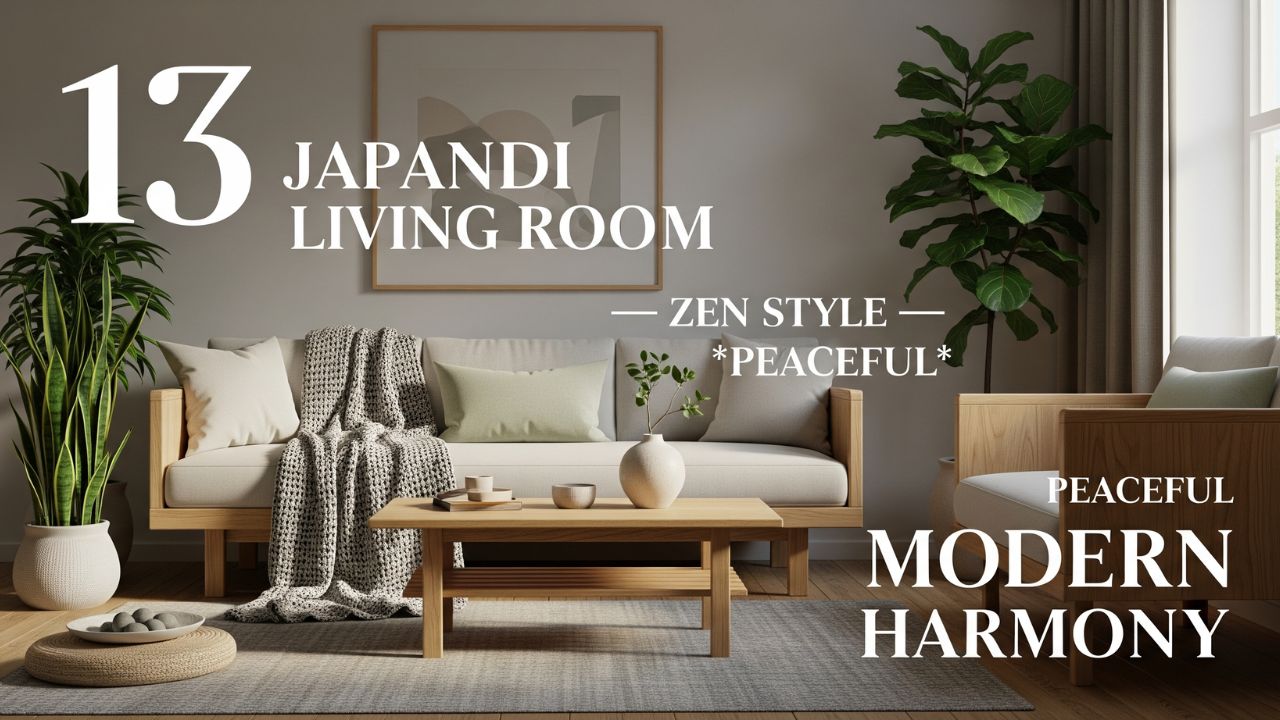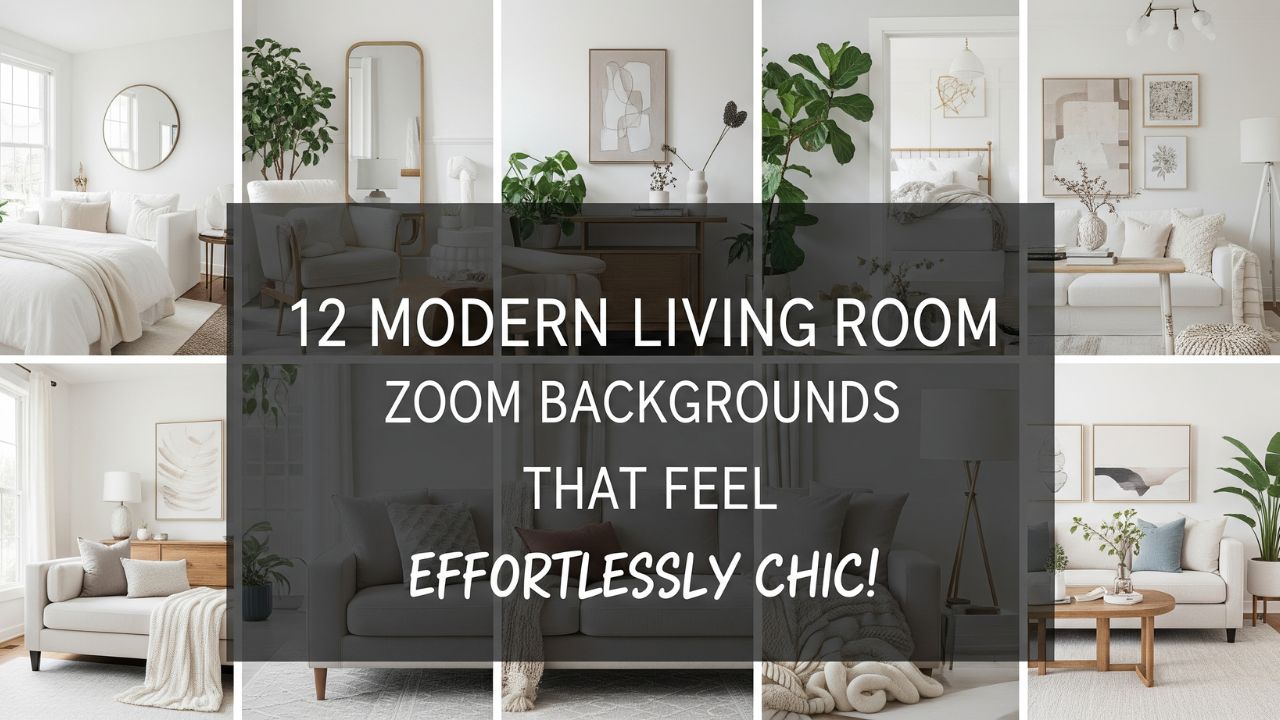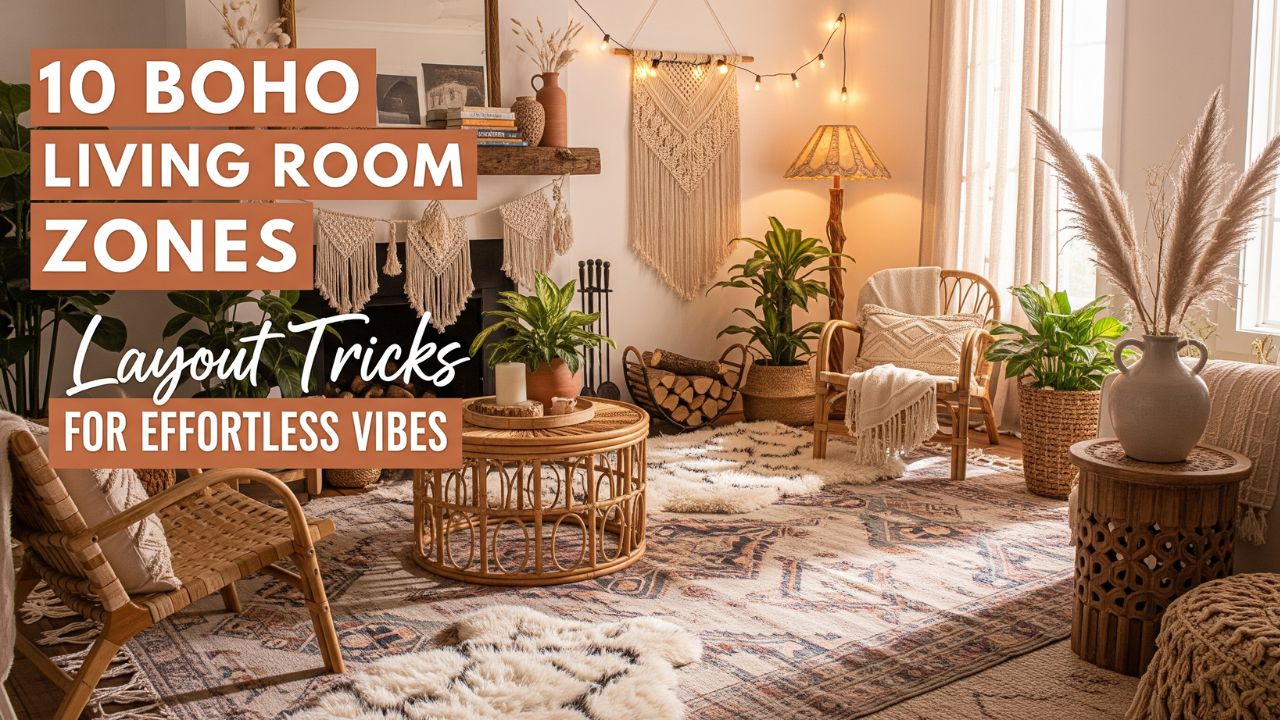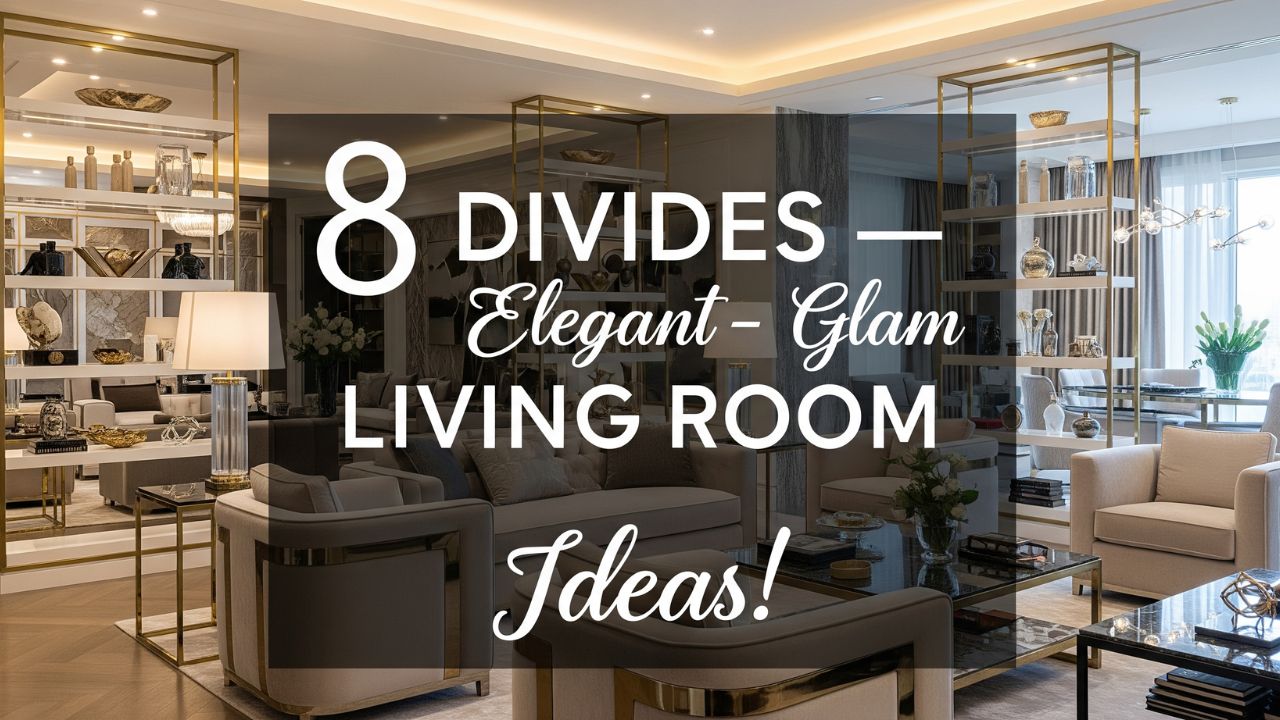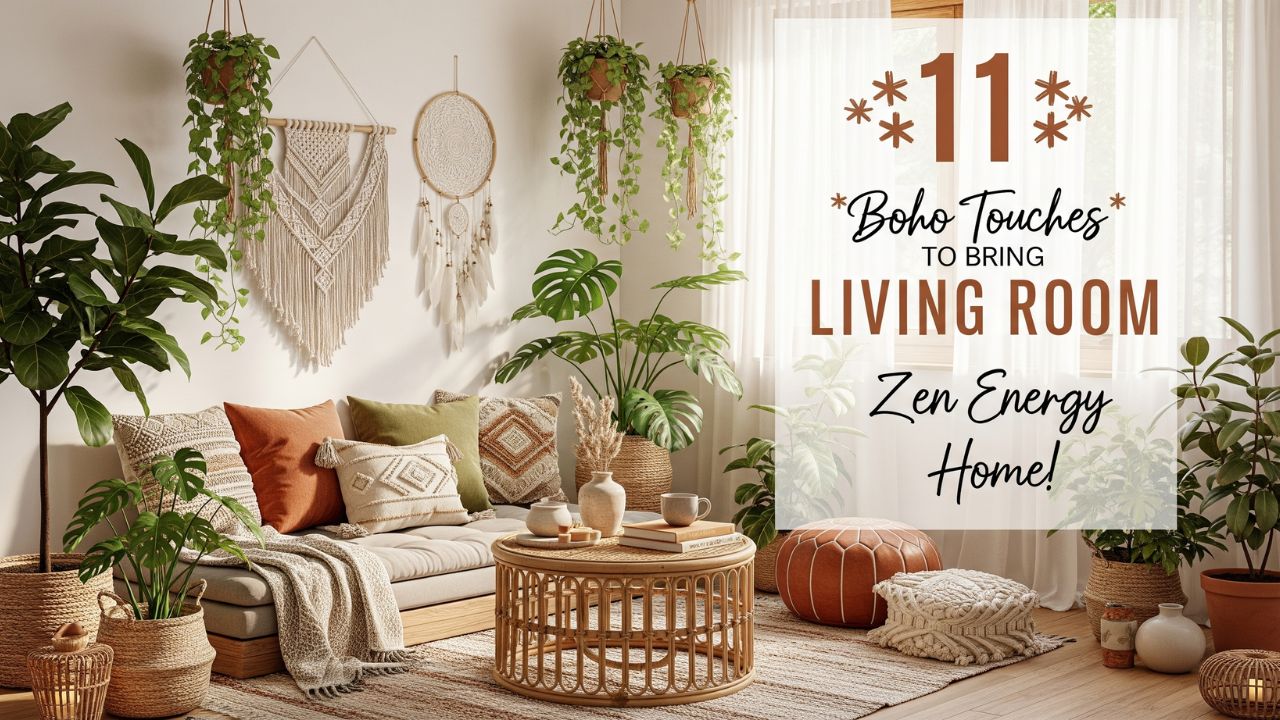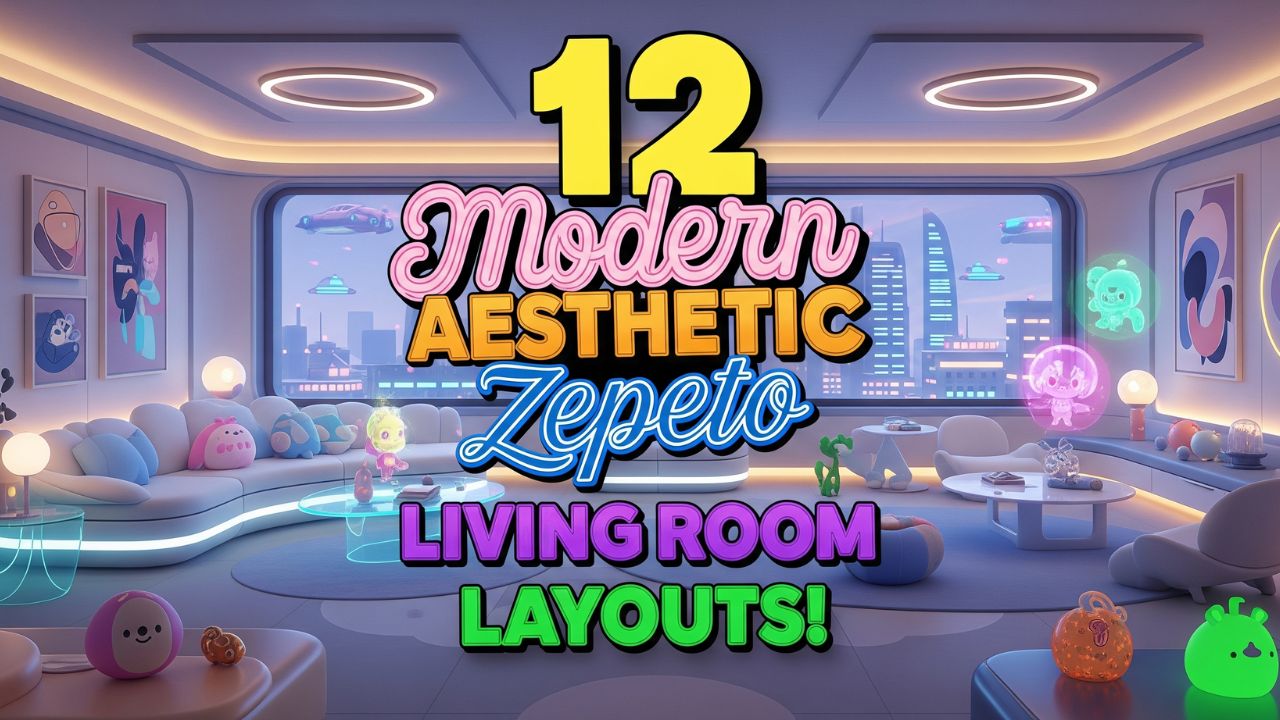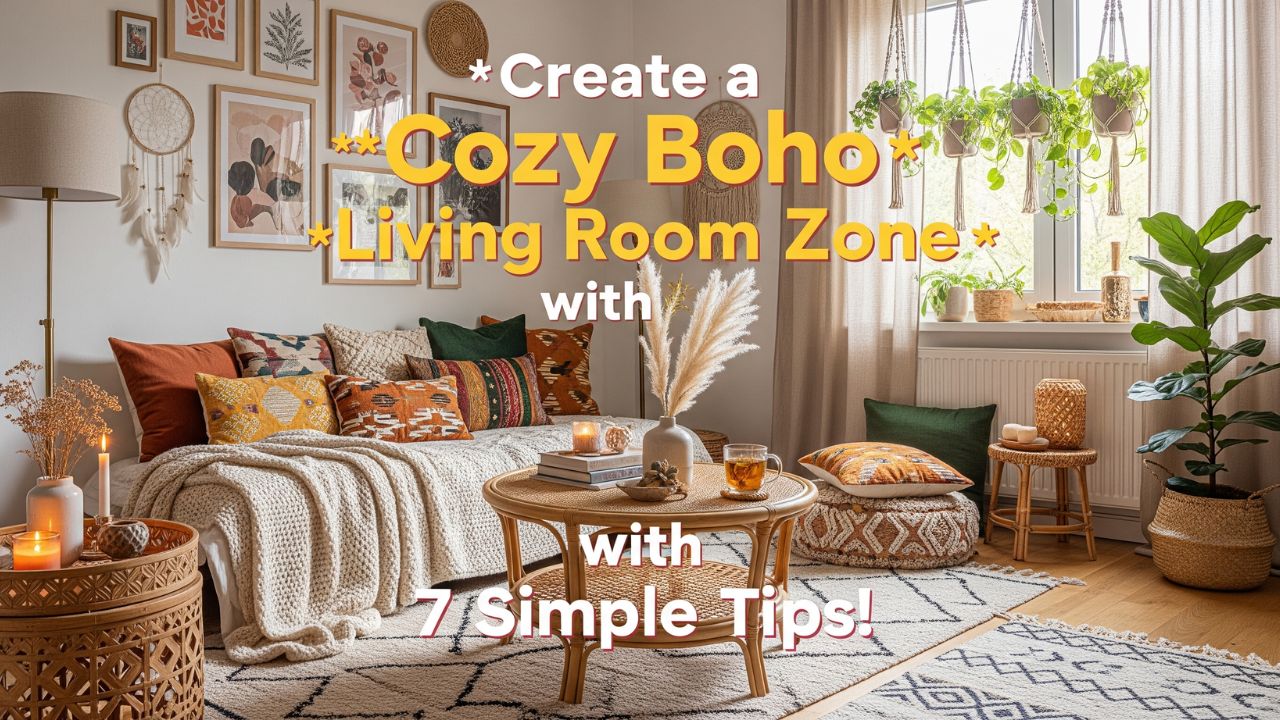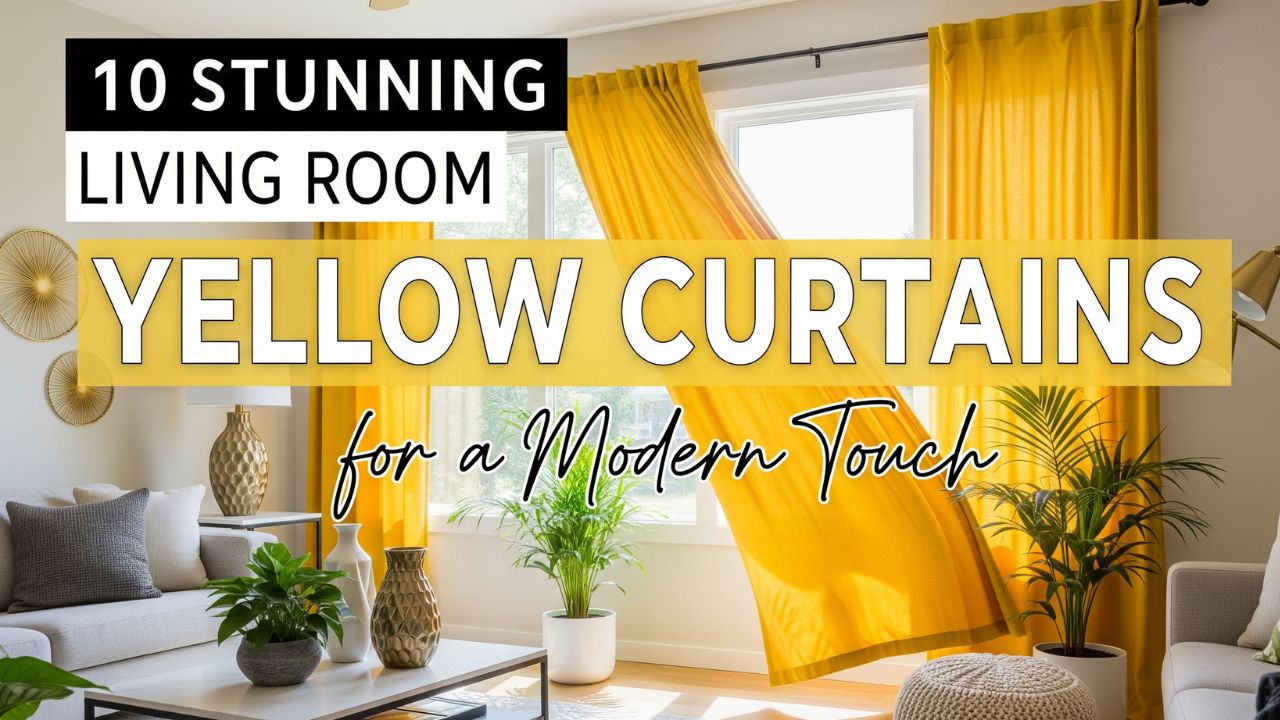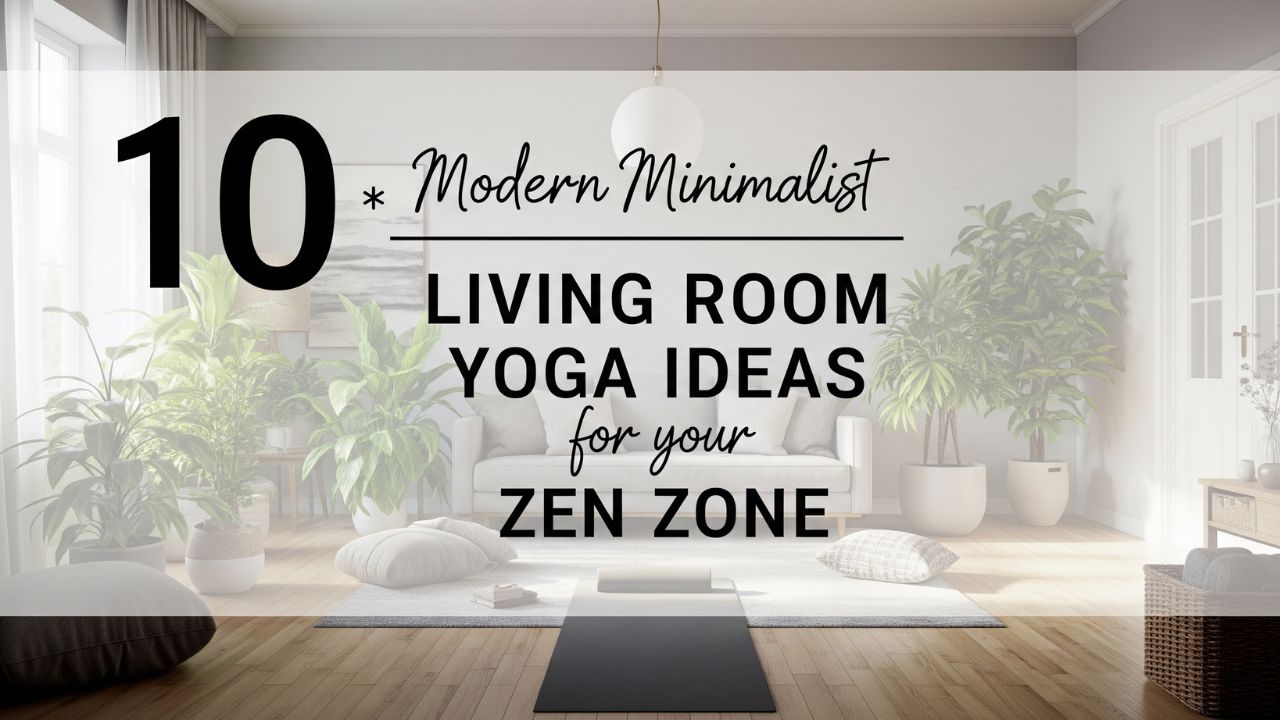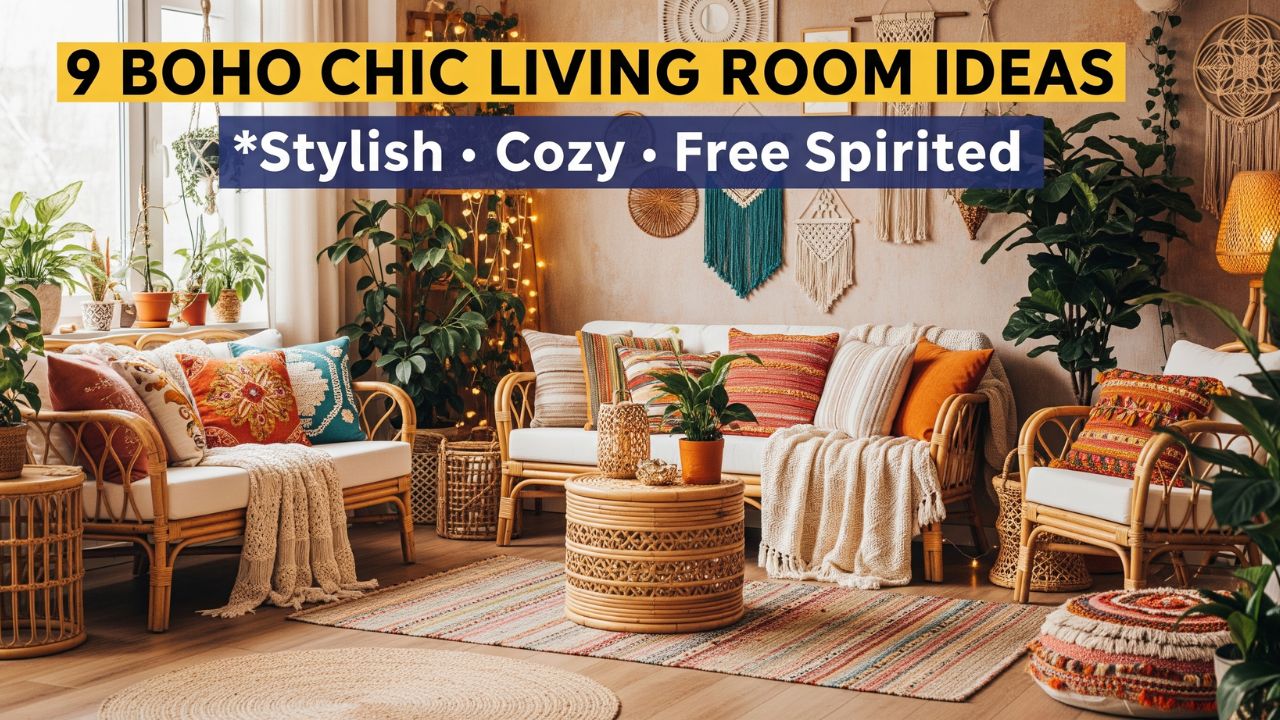Ever looked at a Victorian living room and thought—this could use a little less lace and a little more life? You’re not alone. The grand charm of Victorian interiors has made a stunning comeback, but with a fresh, modern twist. Designers today are finding ingenious ways to blend the opulence of the 19th century with the simplicity and comfort of the 21st.
The result? Spaces that are both nostalgic and effortlessly stylish—rooms where antique chandeliers hang above sleek furniture, and heritage moldings frame minimalist art.
Did you know? The Victorian era, named after Queen Victoria (1837–1901), was actually the birthplace of interior design as a profession.
It was the first time ordinary people began decorating their homes to reflect status and style, not just utility. Fast forward to now—history is repeating itself, only this time we’re crafting homes that express both sophistication and personality.
Below are nine extraordinary modern Victorian living room makeovers that’ll make you want to pick up a paintbrush (or your Pinterest board) right now.
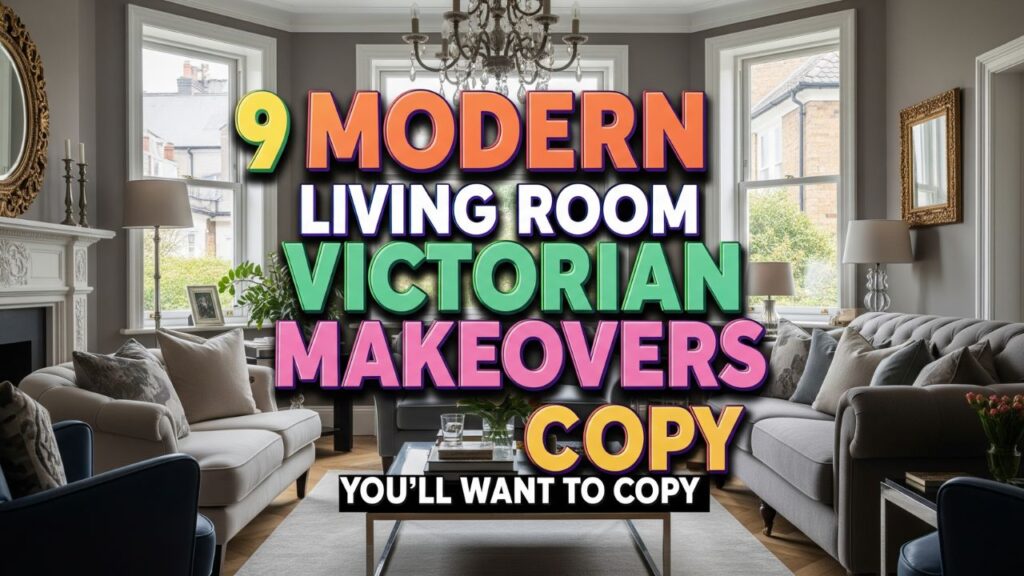
Table of Contents
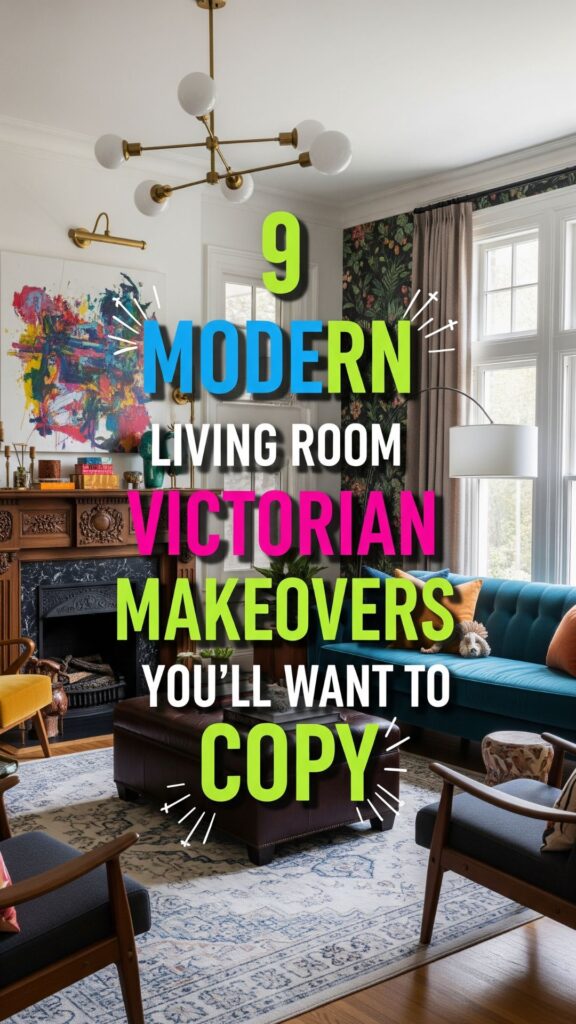
9 Best Living Room Victorian Makeovers
1. Minimalist Meets Molding
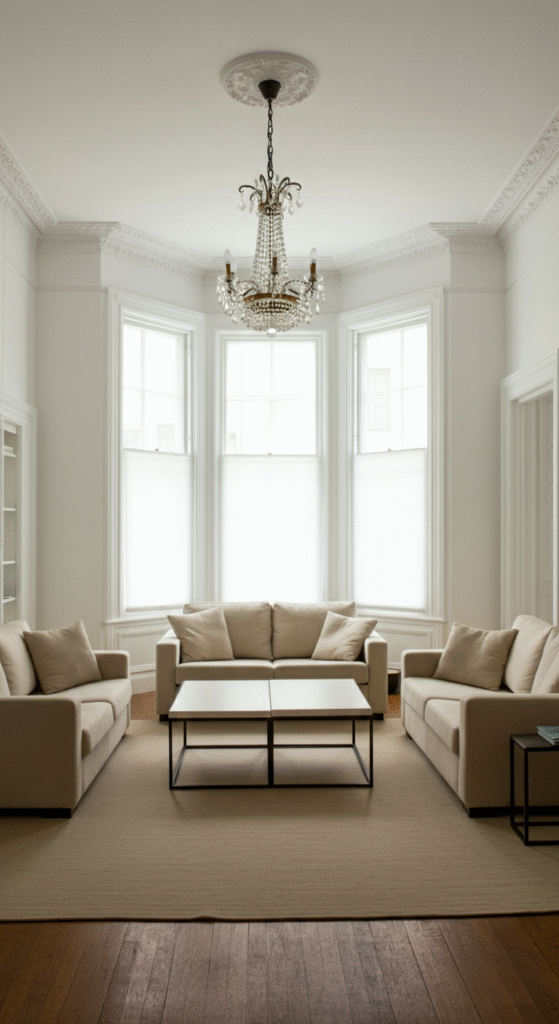
Victorian homes are famous for intricate ceiling roses, heavy cornices, and wall paneling. Instead of removing them, modern designers are celebrating these details by keeping the moldings—but simplifying the rest.
Picture crisp white walls, sleek modular sofas, and polished oak flooring, all juxtaposed with ornate ceiling plasterwork. The contrast between old-world craftsmanship and modern restraint creates a stunning balance of history and freshness.
Interesting fact: Victorian architecture was once criticized for being “too fussy.” Today, that same detail is what gives a space soul and authenticity.
2. Bold Walls with Modern Art
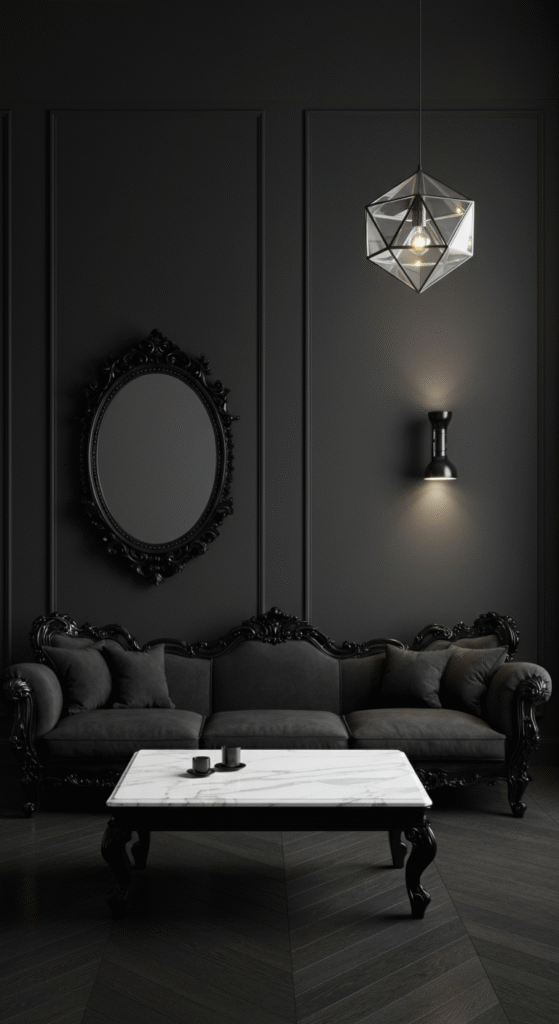
Gone are the days when Victorian living rooms were painted in muted greens or maroon tones. Modern makeovers embrace deep navy, forest green, or charcoal walls—setting the stage for bright, contemporary artwork.
Large abstract paintings or metallic wall sculptures breathe life into these rich backgrounds, creating a gallery-like feel while still keeping the heritage of the room intact.
Pro tip: Choose a color that complements the existing woodwork or fireplace marble to ensure harmony between eras.
3. Statement Fireplaces, Simplified Surrounds
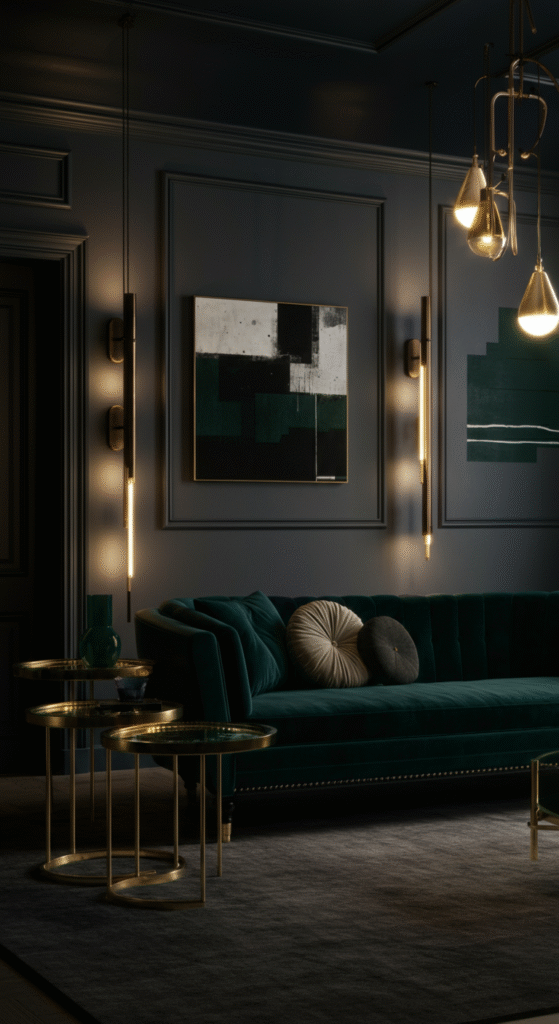
The Victorian fireplace—once the heart of the home—is getting a modern revival. Instead of restoring the entire mantel with ornate carvings, homeowners are focusing on clean lines and neutral tones that highlight the fireplace itself as a sculptural centerpiece.
Surround it with simple décor: a few well-curated books, a brass mirror, or even a single ceramic vase. The trick lies in restraint—letting the historical element take center stage without being overwhelmed by clutter.
Do you know? Many Victorian homes had coal-burning grates, and their unique cast-iron designs are now being repurposed into modern electric or ethanol fire features.
4. Heritage Floors, Modern Rugs
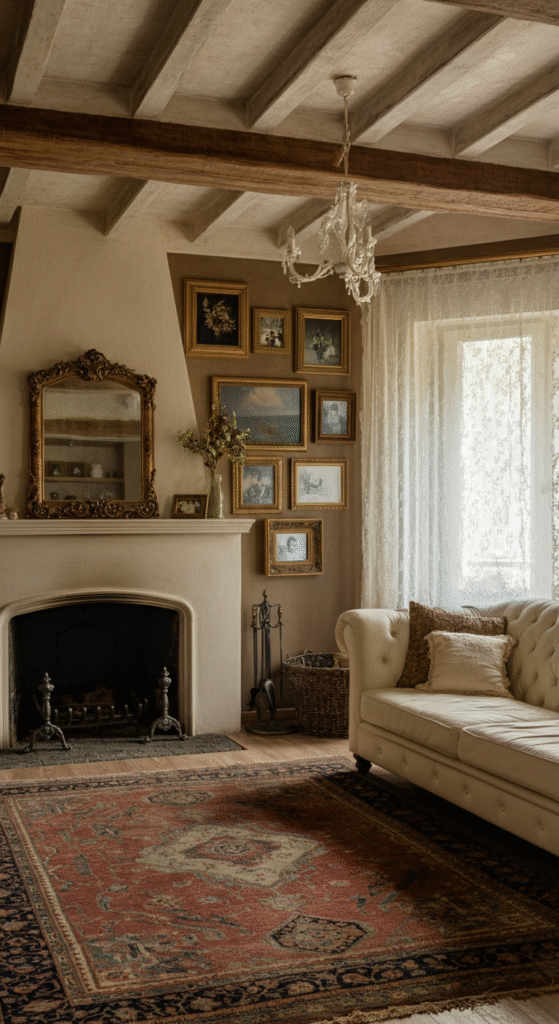
Victorian flooring often featured dark wood, mosaic tiles, or patterned carpets. Instead of replacing these entirely, designers are layering them with oversized neutral rugs or geometric patterns.
This creates a grounding effect while allowing the original craftsmanship to peek through—especially when paired with mid-century modern furniture. The layering of textures creates depth and a visual story that’s both classic and current.
Myth busted: You don’t need to sand and stain Victorian floors into oblivion. Slight imperfections add authenticity and charm.
5. Antique Furniture in Modern Silhouettes
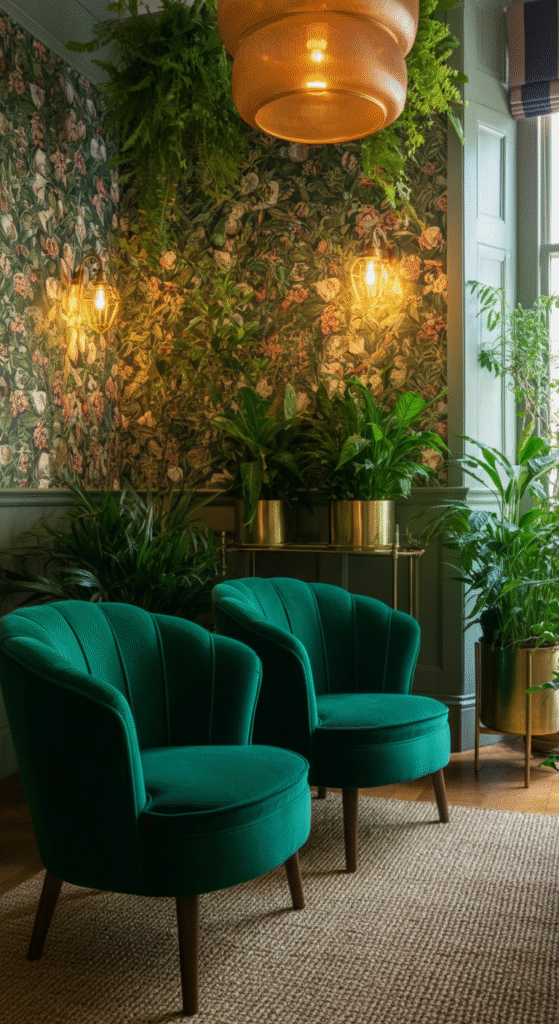
Victorian furniture was known for its heavy upholstery and intricate carvings. The modern Victorian look retains the elegance but trims the excess. Think tufted velvet sofas with slim metal legs, or vintage armchairs reupholstered in contemporary fabrics like linen or boucle.
Pairing antiques with clean-lined furniture creates visual tension—the good kind. It makes your living room feel curated rather than themed, stylish instead of stuffy.
Did you know? Mixing design eras can actually increase the perceived value of your space. Interior stylists call this “design layering,” and it’s one of the secrets behind magazine-worthy rooms.
6. Dramatic Lighting Revivals
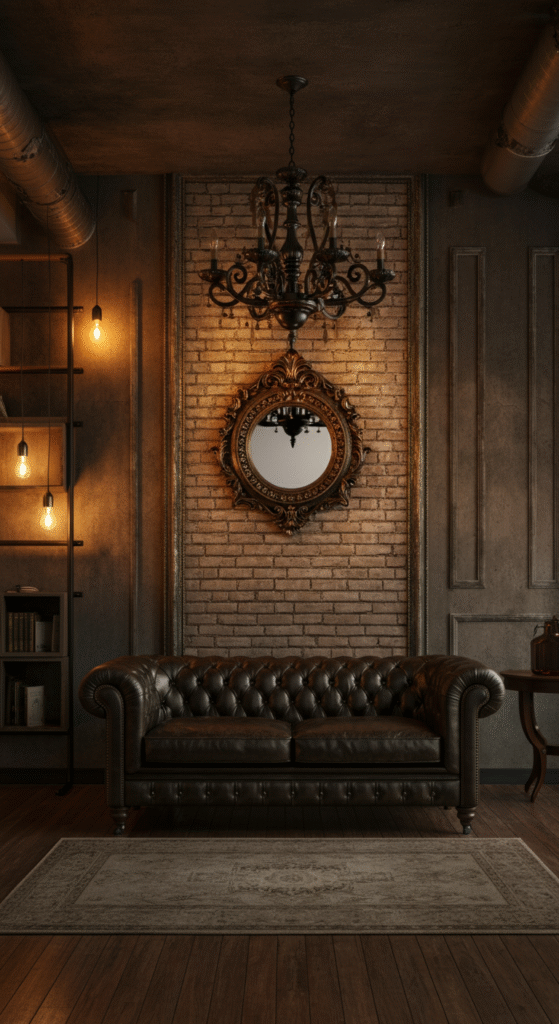
Nothing says Victorian like a grand chandelier—but in today’s interiors, it’s all about reinventing the glow. Replace the traditional crystal chandelier with a minimalist brass fixture or one with smoky glass globes.
This not only adds a modern sculptural element but also diffuses light beautifully, highlighting the period details without overpowering them.
For added flair, use warm LED lighting in coves or sconces to accentuate arches, moldings, or textured walls—an elegant nod to candlelight, reimagined for the modern era.
Interesting fact: Gas lighting was introduced during the Victorian era, transforming interior spaces forever. Today, the equivalent innovation is ambient smart lighting—both rooted in the same desire: atmosphere.
7. The Modern Victorian Color Palette
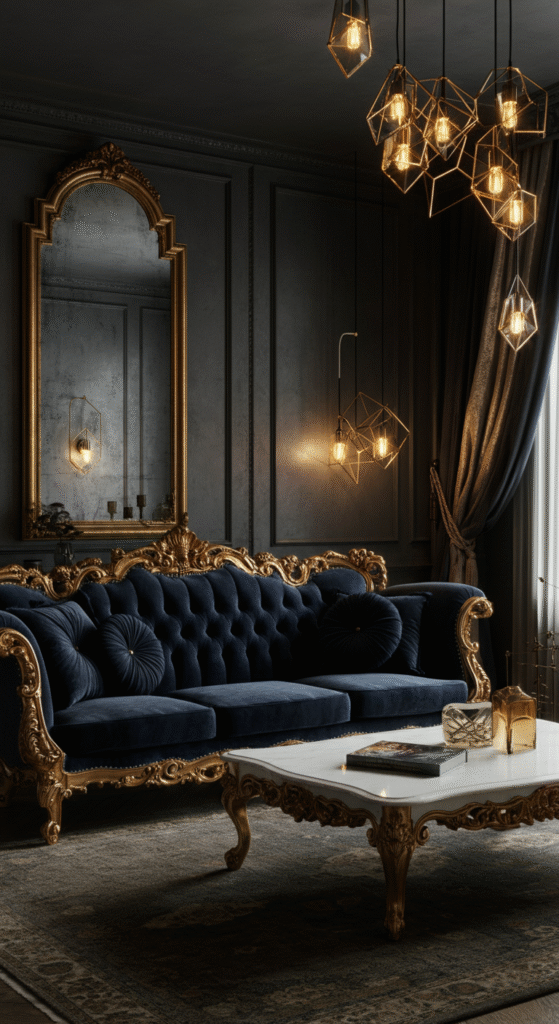
Victorian interiors loved deep, saturated tones—think oxblood, emerald, and ochre. To modernize the palette, designers are now balancing these with neutral and muted shades like stone gray, cream, and soft sage.
A common strategy is the “accent embrace”: painting one architectural feature, like a fireplace or paneled wall, in a rich hue, while keeping the rest airy and pale. This allows the room to maintain its grandeur without feeling heavy.
Do you know? In the late 1800s, colors like teal and dark red symbolized wealth because they were expensive to produce from natural pigments. Today, their presence still signals luxury—only now, it’s intentional minimalism that conveys affluence.
8. Blending Vintage Accessories with Modern Decor
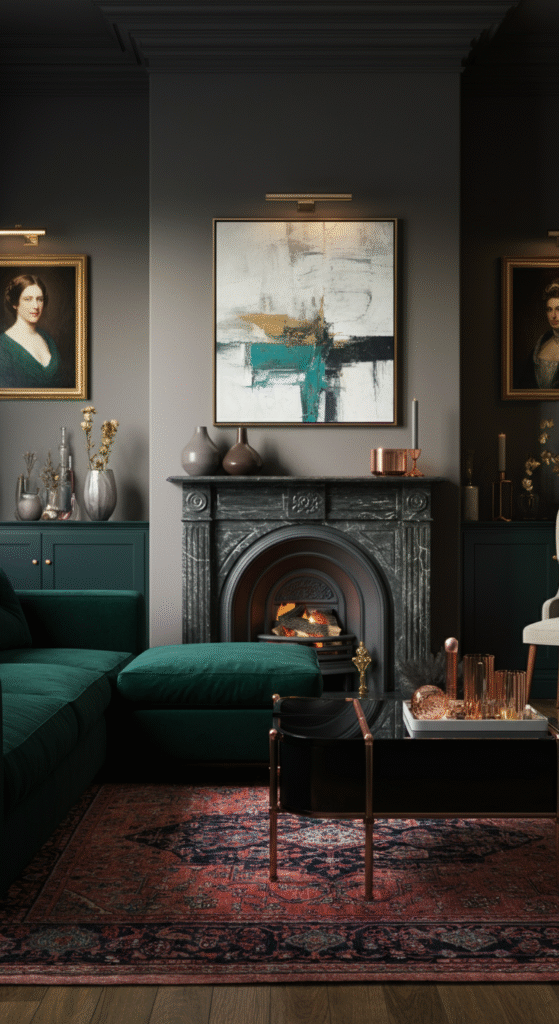
It’s not about filling your shelves with Victorian trinkets—it’s about selective storytelling. A single gilded mirror, an antique clock, or a porcelain bust can become a focal point when surrounded by contemporary décor.
Add modern accents like geometric vases, minimalist artwork, or metal candleholders to maintain visual freshness. This interplay of old and new creates a layered, lived-in feel—a space that feels collected over time, not designed overnight.
Fun fact: Many interior designers use one “heritage object” per room as an anchor. It grounds the space emotionally and connects it to a story.
9. Tech-Savvy Vintage
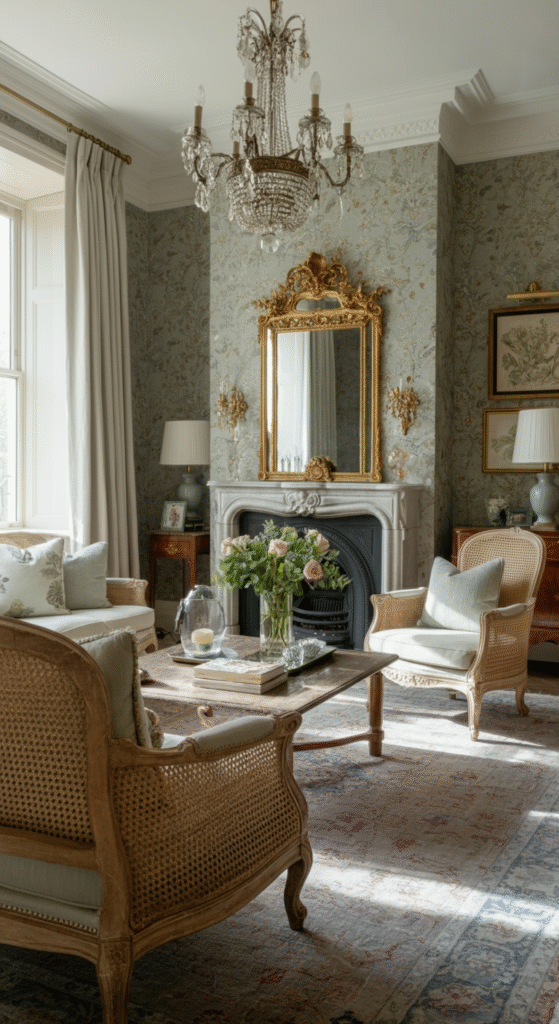
Victorian homes were once at the forefront of technology—the telephone, the gramophone, even early electricity! So, it’s perfectly in character to integrate today’s smart tech into your modern Victorian makeover.
Hide flat-screen TVs within vintage cabinets, use concealed outlets behind ornate fireplaces, or integrate smart speakers into antique bookcases. The goal is seamless function wrapped in timeless form.
Imagine walking into a living room that looks like it belongs in Downton Abbey, but you can dim the lights or play jazz with a voice command. That’s the essence of the new Victorian era—romantic yet relevant.
Bonus Tip: Add Drama Through Drapes
Victorians adored their heavy curtains and tassels. Modern interpretations keep the height and drama but ditch the heaviness. Opt for sheer, floor-length linen or velvet drapes in muted hues.
They elongate the room, soften light, and create that same sense of luxury—minus the dust and darkness.
Do you know? Floor-to-ceiling curtains can visually raise your ceiling height, a trick designers use to make even small rooms feel palatial.
Conclusion: The Past Is the New Future
Modern Victorian living rooms are more than just a design trend—they’re a bridge between two worlds. By blending ornate architecture with sleek furnishings, or pairing vintage details with smart technology, we’re creating spaces that celebrate both history and innovation.
It’s proof that design isn’t about choosing one era over another—it’s about conversation. When the echoes of the past meet the clarity of the present, magic happens.
So, whether you live in a century-old townhouse or a new apartment, these nine makeover ideas can help you craft a living room that feels timeless, personal, and undeniably captivating.
Because at the end of the day, modern Victorian style isn’t about looking old—it’s about staying classic.
Frequently Asked Questions (FAQs)
Can Victorian and modern styles really work together?
Absolutely. The key is balance—keeping the Victorian elements as statement pieces while using modern design to simplify and freshen the overall look.
Which colors work best for a Victorian-modern makeover?
Neutral tones like ivory, taupe, and gray pair beautifully with rich jewel shades such as emerald, navy, or burgundy for that elegant Victorian flair.
How do I modernize a Victorian space without losing its charm?
Retain architectural features like fireplaces, trims, or bay windows, but contrast them with clean-lined furniture, subtle lighting, and less clutter.
Are dark colors suitable for small living rooms?
Yes—contrary to the myth, dark hues can make a space feel cozy and luxurious when balanced with reflective surfaces and good lighting.
What materials define the Victorian-modern look?
Velvet, brass, marble, glass, and natural woods are timeless choices that blend luxury and warmth seamlessly.
